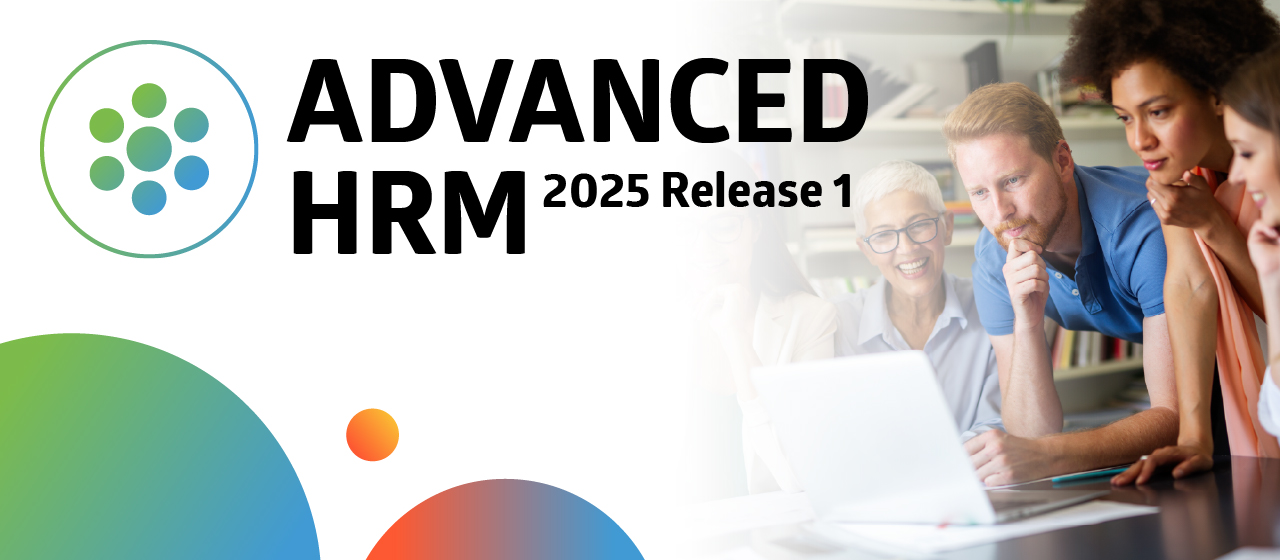Sickness among your employees is never something employers never wish for. In some cases, such as now with COVID-19, it cannot be avoided. So, how do you deal with this? What are things to consider when dealing with sick employees? We have compiled the most pressing matters to sort out as soon as an employee calls in sick. This way, you will not only comply with your country’s regulations on reporting the employee, you are also ensuring that your business processes can continue as usual.
Determine your Policy
Do you have a set policy in place for sickness registration? And, more importantly, is everyone in your organization aware of this policy? Your expectations and requirements regarding attendance and sickness reporting will assist your managers in (re)organizing the workload of the employee who is sick. In other words, you can take action faster.
Will the employee be sick for a longer period of time, or have they come down with a cold? Regardless of how long it may take, stay in touch with the employee on a regular basis but do not overcrowd them as this might cause extra stress.
Distribute and Plan
If the sick employee is only absent for a short period of time because of, for example, the common cold, then it may not be necessary to undertake any action but to stay in touch and hear how they are doing.
However, if the employee’s absence is due to a serious condition or injury they may be absent for quite a while. In that case, their workload will have to be distributed among your other employees. So make a plan.
What was the sick employee working on and who in their team can take over? Which projects have deadlines that are fast approaching? Distribute the workload among the team.
If structured well, this is a quick solution to make sure your business can continue as is and projects are finished when they have to. However, the danger with adding to the team’s workload is that they are overloaded. How can you prevent that? We recommend a few nifty tools that will help your organization thrive!
Tools to Help
First of all, if an employee is on an extended leave of absence this will have to be registered. This functionality, developed by FourVision, is supported in Microsoft Dynamics 365 Human Resources and made more user-friendly with our Leave & Absence Web App on the front-end. Allowing employees to register and keep track of their own absence registration if they can. Insights and reporting help your team managers keep track of who is sick, when, and even how often. Read more about the Leave & Absence front-end support.
In addition to registering the actual leave of absence. Sick employees, especially if it concerns an injury or long-term illness, requires regulated registration. Thanks to our Health & Safety Web App you ensure GDPR compliance as the system will send out reports to the correct members of your organization so they can act accordingly. Read more about Health & Safety here.
The next step is to find out who is trained enough to be able to take over some of the tasks of the sick employee. You can do this by tracking performance and potential of individual employees in our Succession Planning Web App. Managers will be able to see who is skilled enough to step in, or even, who has the most time to take on a few extra tasks. Succession Planning will also be able to forecast any gaps that might occur once an employee has to let go of some of their own tasks to take over for the sick employee. Read more about the Succession Planning Web App.
About us
FourVision is Microsoft’s global leading Dynamics 365 Human Resources implementation partner. We have successfully implemented HR platforms in a variety of industries across multiple Microsoft environments for over a decade. FourVision also delivers an impressive suite of Web Apps that extend Microsoft Dynamics 365 Human Resources.




